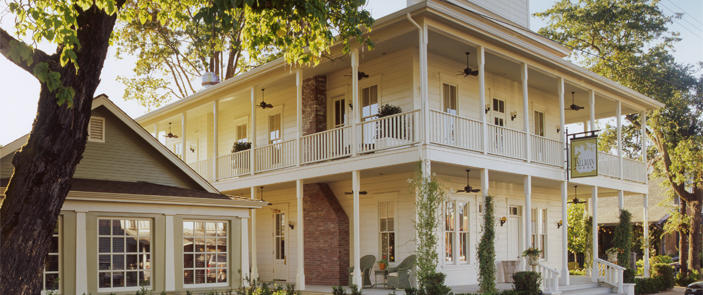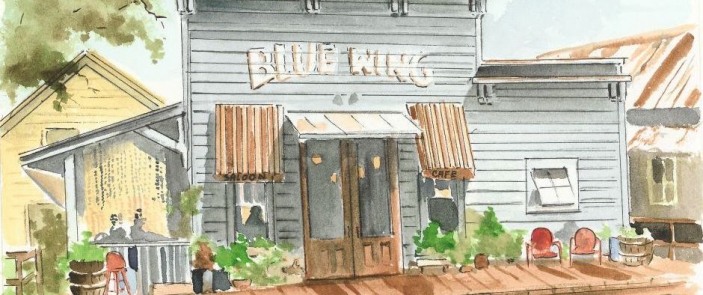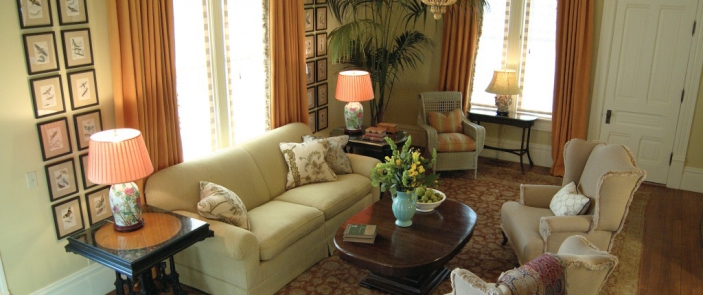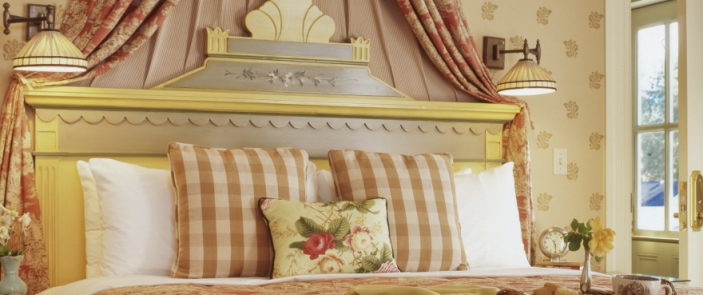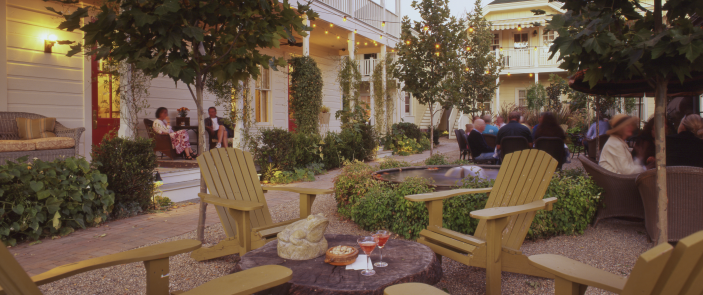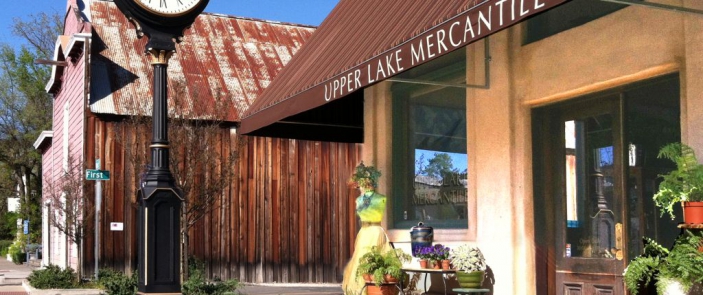Energy Efficiency
.jpg) From Green Lodging News 7/25/06
From Green Lodging News 7/25/06
By: Glenn Hasek, editor
Upper Lake, California
Standing outside the entrance of the 17-room Tallman Hotel and the adjacent Blue Wing Saloon & Café in Upper Lake, Calif., one would never guess that a state-of-the-art geothermal system heats and cools the historic property—or that a solar energy system supplements it with added power. The hotel maintains its 1890s look and the innovative technology is hidden underground and on the roof of the restaurant.
Originally built in the late 19th century and then rebuilt again in 1895 after it had been destroyed by fire, the hotel sat empty and unused from 1962 to 2003. In the summer of 2003, Bernie Butcher and his wife, Lynne, purchased the property. Renovation began in June 2004. The old hotel opened with four guestrooms in December 2005. Thirteen additional rooms in surrounding buildings opened June 2006.
The main energy component for the hotel and its buildings is a closed-loop, geothermal heating and cooling system. Also known as a ground-source heat-pumping system, it is used to heat and cool interior spaces and heat water in the guestrooms, swimming pool and soaking tubs. Forty-three 300-foot wells were sunk in the ground of the property to run pipes through which water flows. Six wells are under the saloon and 37 are spread around the property.
“Water is circulated through air-to-water heat exchangers,” Bernie Butcher says. “To cool rooms, it takes the heat out of the air and transfers it to the water. In the winter, the system takes the coolness out of the air and makes it warmer. Water for use by guests is heated through a water-to-water heat exchanger.”
Trying to understand how a geothermal system works can be a challenge. The reason water is pumped through the ground is because the temperature below ground remains a steady 55 degrees. Less energy is needed to affect that 55-degree water than air at more extreme temperatures.
According to the U.S. Environmental Protection Agency, geothermal heat pumps are among the most efficient and comfortable heating and cooling technologies currently available. They use approximately 40 percent to 60 percent less energy than a standard heat pump and run quieter than conventional systems.
“For a hotel, these heat exchangers are small, efficient and quiet,” Butcher says.
The geothermal system is complemented by a 10-kilowatt solar energy system located on the restaurant roof. It faces south and is not visible from the front of the hotel and restaurant.
“The solar system generates electricity which contributes to the reducing of our electric bill for pumps that run water through our closed-loop system,” Butcher says.
Propane previously was the main energy source at the hotel. Natural gas lines do not reach the property. Butcher, who is a part-time history teacher, says he is just beginning to analyze what his energy costs would have been without the new system. That said, he estimates payback on the investment could be around seven years—without any government tax incentives.
Butcher recommends that anyone pursuing a geothermal system should first hire an engineering company to design it and to evaluate energy needs.
“Don’t just rely on the contractor to give you payback estimates,” he says. “Also find someone who is well qualified to maintain the system. There are few HVAC contractors that are equipped to install and maintain them. Research the firm and check its history and financial standing.”
Old Wood, Other Items Recycled
When reconstructing the hotel, contractors did their best to reuse and recycle as much building material as possible. The front bar and tabletops for the restaurant and conference table in the board room were milled from a century-old walnut tree on the property. It was taken down during construction. A tent was brought in to dry out the lumber from that tree. Antique bottles found at the site are displayed in the hotel and a 1930s-era boiler has been converted into an outdoor grill. Old-style faucets, toilets and tubs are used in the bathrooms.
Butcher, who says he always has been interested in the environment, believes the Tallman Hotel project has been a challenge but a worthwhile one at that.
“Energy is a limited resource and you should try to use as many renewable sources as possible,” he says.



